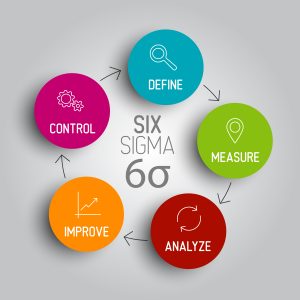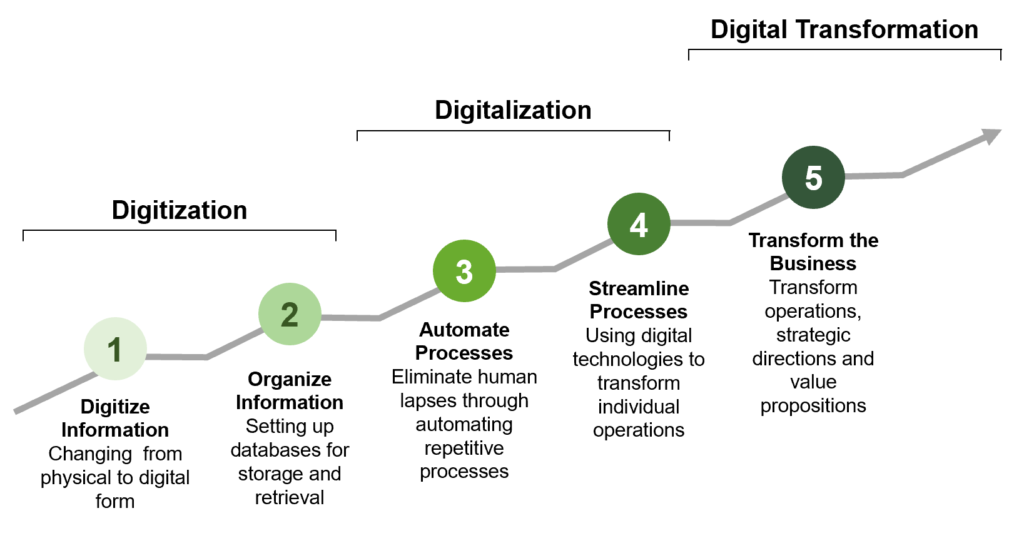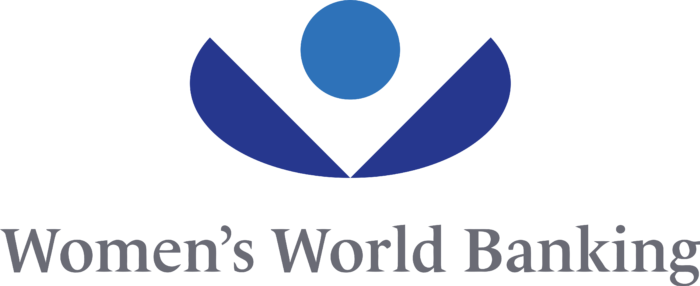Processes develop over time and change according to people know-how and tool support. If left unmanaged, the output might become sub-optimal and costly, as defects develop over time and non-value added steps are typically performed.
A telling sign are the different kinds of waste that can pile up in an organisation. Internal rework is a factor that is often overlooked, as the focus is usually on the quality of the final result. Excessive checks and approvals cost time without adding much value. If the pending status of the product is not monitored, a shadow army of unfinished business can remain hidden, causing an otherwise performant process to look like a lame duck.
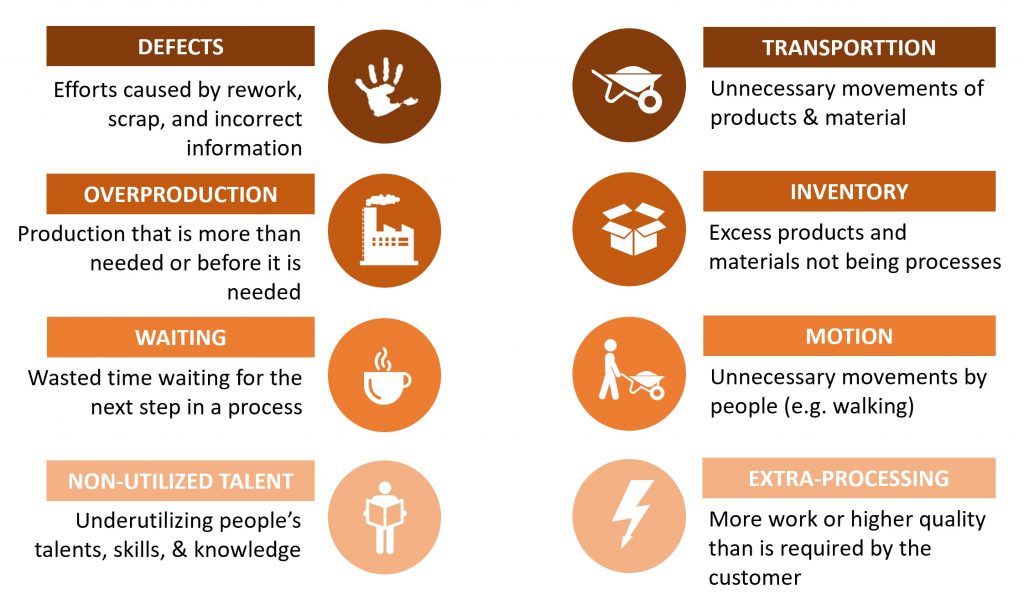
The 8 kinds of waste on in processes are a powerful concept to find efficiency gaps.
Examples of process improvement projects
Over the course of the past few years, Schweizer PM has worked on the following projects:
- Increased efficiency in Forex trading in Switzerland
Automating a process by rolling out a self-service tool for end clients looked like an efficiency win until a statistical analysis proved that human FX traders are able to deliver more value
- Streamlined sourcing process and local sourcing organisation in European locations
Part-time and uncoordinated supply management personnel were unable to align sourcing decisions with headoffice. By pooling purchases and creating synergies, significant cost savings were made
- Improved resource allocation for payments processing in Singapore through better monitoring
Through meticulous time capturing of tasks, task duplications and waiting time could be identified that lead to an eventual performance increase of 100%
- Reduced client onboarding time in Microfinance Bank in Tanzania
Following the account opening process steps, some debilitating factors emerged that – when removed – helped clients to open accounts 4 times faster.
- Proposed more replication efficiency of microinsurance product implementations in MENA region
After 4 successful implementations and many more in the pipeline, the product team provided their insights which led to opportunities to cut the future implementation time in half and save 25% costs
- Reduced time to loan disbursement for Microfinance institution in Egypt
The rollout of a new core banking system replaced a paper-based process and cut the previous loan application time almost in half. Yet the goal was to improve the time even more to 25% of the initial duration. After analyzing the approval process steps, a roadmap was proposed to reach the ambitious target over time.
- Reduced time to loan approval for Private Bank in Liechtenstein
By digitalising the loan application and loan approval workflow, the loan processing time was reduced by 85%. This was achieved by implementing the bank-side workflow with a low-code tool and without any automated interfaces. The time reduction was achieved by allowing approvers to act in parallel and use smartphones for the .digital task
Workflow Digitalisation
Workflow digitalisation offers numerous benefits that can transform businesses in the digital era. It enhances efficiency by automating tasks, reducing errors, and freeing up time for more strategic work. Collaboration is improved through centralized platforms that enable seamless communication and information sharing. Data-driven insights empower organizations to optimize processes and make informed decisions. Customer experiences are enhanced through faster responses, personalized services, and seamless interactions. These advantages drive growth, competitiveness, and long-term success in today’s digital landscape.
Utilizing the power of low-code and no-code workflow automation tools lets you experience a game-changing transformation in your business. With these intuitive platforms, you can streamline and automate your processes without the need for IT specialists. Enjoy rapid development cycles, reduced time to market, and significant cost savings. Empower your team to build custom workflows, integrate with existing systems, and make data-driven decisions effortlessly. Boost productivity, enhance collaboration, and drive innovation by empowering your employees to create and modify workflows with ease. Say goodbye to traditional development barriers and embrace the future of automation with low-code and no-code solutions.
Lean Six Sigma
In most of the above examples, the Lean Sigma toolkit was applied to identify issues both within and outside the value chain. The Lean Six Sigma DMAIC (Define, Measure, Analyze, Improve, Control) method is a powerful problem-solving approach that enables organizations to identify and eliminate process inefficiencies, reduce defects, and improve overall performance.
The first phase, “Define”, involves clearly defining the problem, project goals, and customer requirements. It sets the foundation for the entire improvement journey. The “Measure” phase focuses on collecting data and measuring key process metrics to establish a baseline and identify areas for improvement. This phase ensures that improvement efforts are based on accurate and reliable information.
In the “Analyze” phase, data is analyzed to identify root causes of problems and understand process variations. Various tools and techniques, such as process mapping and root cause analysis, are employed to gain insights and prioritize improvement opportunities.
The “Improve” phase is where solutions are developed and implemented. Lean and Six Sigma principles are applied to streamline processes, eliminate waste, and reduce defects. This phase involves testing and validating solutions to ensure their effectiveness.
The final phase, “Control”, focuses on sustaining the improvements achieved. Control plans are put in place to monitor key metrics, establish standard operating procedures, and ensure that the improvements are maintained over time. Ongoing measurement and continuous monitoring are essential to prevent process regression.
The Lean Six Sigma DMAIC method provides a systematic and data-driven approach to process improvement, enabling organizations to enhance quality, efficiency, and customer satisfaction. It fosters a culture of continuous improvement and empowers teams to tackle complex problems and achieve measurable results.
Kaizen Blitz Event
A Kaizen Blitz event is an intense and rapid improvement process in which a team of relevant experts throws all its resources together to find solutions to existing issues within 3 – 5 days. During the Preparation phase business issues are identified by the sponsor, who also defined project scope and boundaries. The team of experts is selected and briefed. The team then collects data of the current state, which may take 2 – 6 weeks.
During the Kaizen event the existing situation is reviewed, key issues are identified and solution ideas are generated. These are then validated and gain immediate sponsor approval. Over the course of 3 – 5 days the team fast forwards through the first three DMAIC steps of the Lean Six Sigma method.
During the Implementation phase the team completes the implementation actions, with the team leader coordinating and the sponsor removing hurdles and holding the team accountable. This phase may take 1 – 8 weeks.
Process Mining
Process Mining is an innovative approach to analyze electronic processes where event log files exist. It is a perfect complement to Lean Six Sigma, e.g. as a starting point to improve an automated process or to conduct a Kaizen event. It can be used to understand the process as it really happens and with all its variance. Process mining allows for assessment of performance and quick detection of bottlenecks, internal rework and waiting time in the process. Modern process mining tools offer a replay of the cases for easy demonstration to stakeholders.
With a clever design of a status concept and timestamps, digitalization efforts can support future process mining by creating meaningful event logs from the start.
Management Information System (MIS)
Whether monthly reports or near-realtime online dashboards, MIS allow for focused information to help steer the company through various market conditions and avoid potholes. Integrating continuous process management into existing MIS can be as easy as adding additional key performance indicators. Adding historic data or even a visualization layer will help to highlight relevant topics and compare against previous periods. The aim is to have the right information with the right person at the right time – data quality and data governance being important topics.
Should regulatory reporting be important in your domain of work, the alignment of management information with the reported data is an aspect to keep in mind. Otherwise, different data sources, different tools, different data definitions or different teams will cause discrepancies that are hard to manage, especially under the srutiny of a regulatory authority. Do not hesitate to discuss data management topics with us.
Continued Improvement
The best way to ensuring that processes remain in control is to keep monitoring them. Minimum requirements for continued improvement are 1. a plan, 2. dedicated resources and 3. instruments to track key performance indicators. An agile approach works best: a repetitive cycle of the activities plan –> do –> check –> act until the desired state is reached. As the word “continued” implies: the journey never ends with many factors influencing process quality and required outputs: clients, employees, technology, automation, markets. It does not need to be a sophisticated activity, just an uninterrupted activity that brings about greater operational efficiency.

Multiple iterations of the PDCA cycle are repeated until the problem is solved (source: en.wikipedia.org/wiki/PDCA)
Digital Transformation
The pinnacle of all that is mentioned on this page is the Digital Transformation. It is a dynamic and strategic process that revolutionizes businesses by leveraging technology to optimize operations, enhance customer experiences, and drive growth. At its core, Digital Transformation connects with workflow digitalisation by reimagining and automating processes, eliminating manual inefficiencies, and enabling seamless collaboration. It requires a mindset shift, embracing innovation and change, to fully realize the potential of digital tools and technologies. Operational excellence plays a vital role in Digital Transformation by ensuring efficient and effective implementation of digital initiatives, driving continuous improvement, and aligning processes with organizational goals. Together, workflow digitalisation, mindset, and operational excellence form the foundation of a successful Digital Transformation journey, empowering businesses to stay competitive, agile, and customer-centric in the rapidly evolving digital landscape.
Further reading
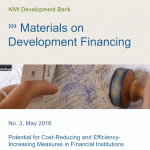 Potential for Cost-Reducing and Efficiency-Increasing Measures in Financial Institutions
Potential for Cost-Reducing and Efficiency-Increasing Measures in Financial Institutions
KfW-Report No. 3, 2016
Autors: Diana Cazacu, Tatyana Dolgaya, Till Bruckner, Michael Kortenbusch
(archived copy)
Clients and Partners

